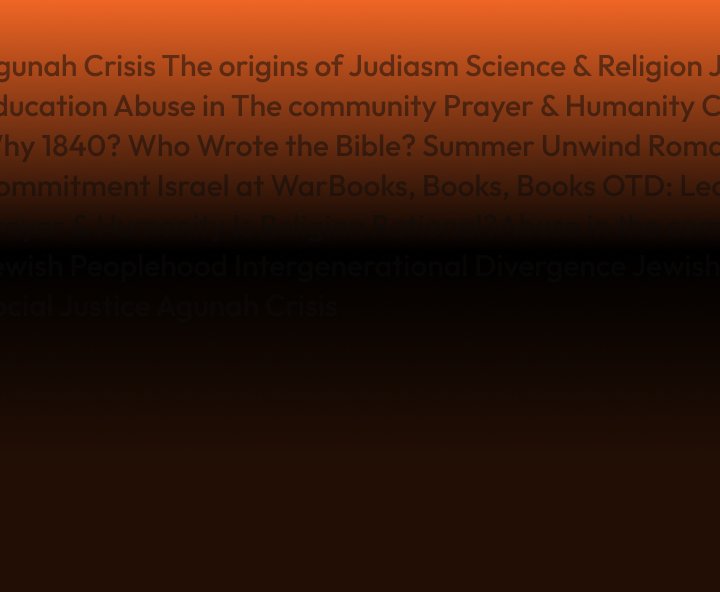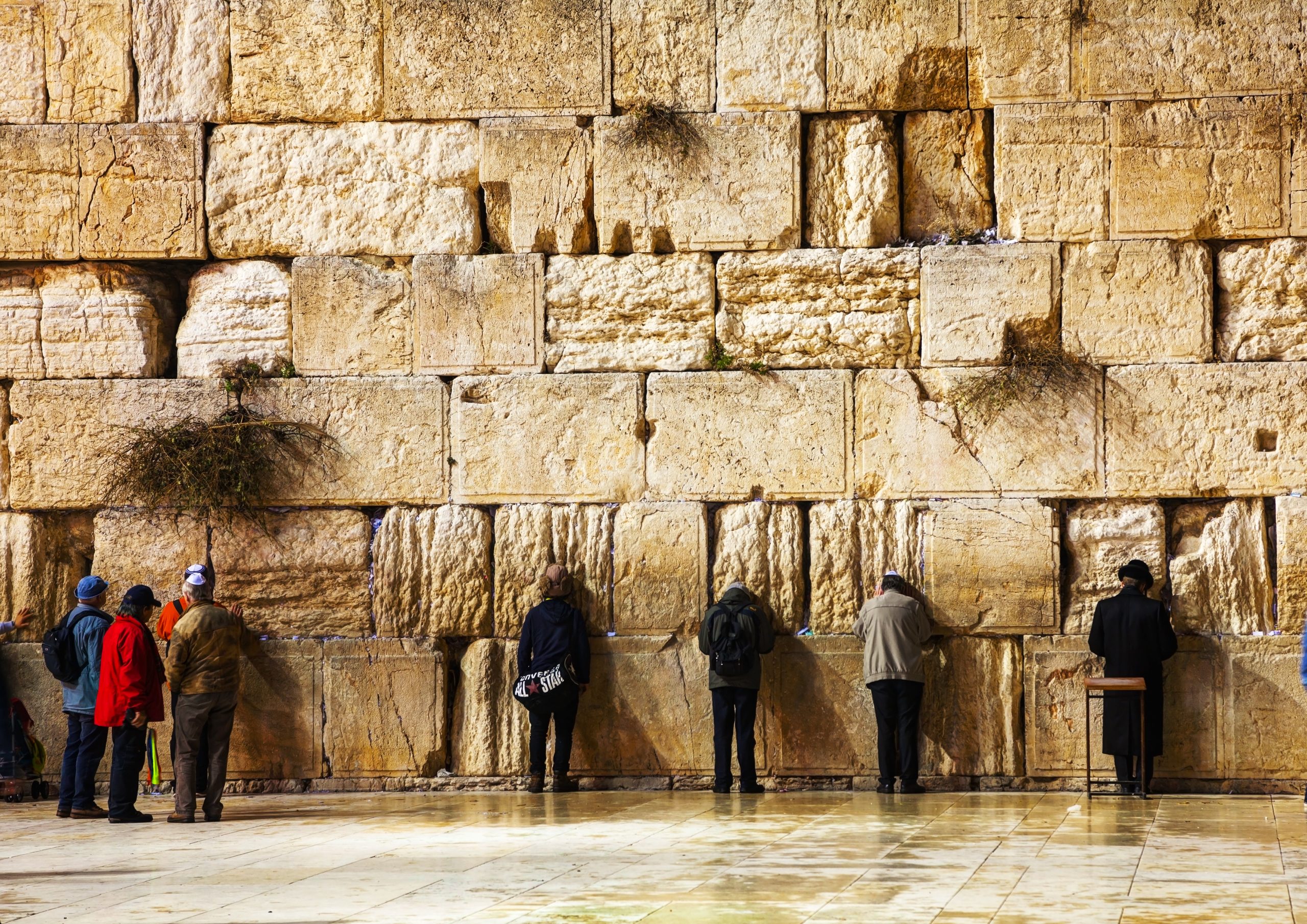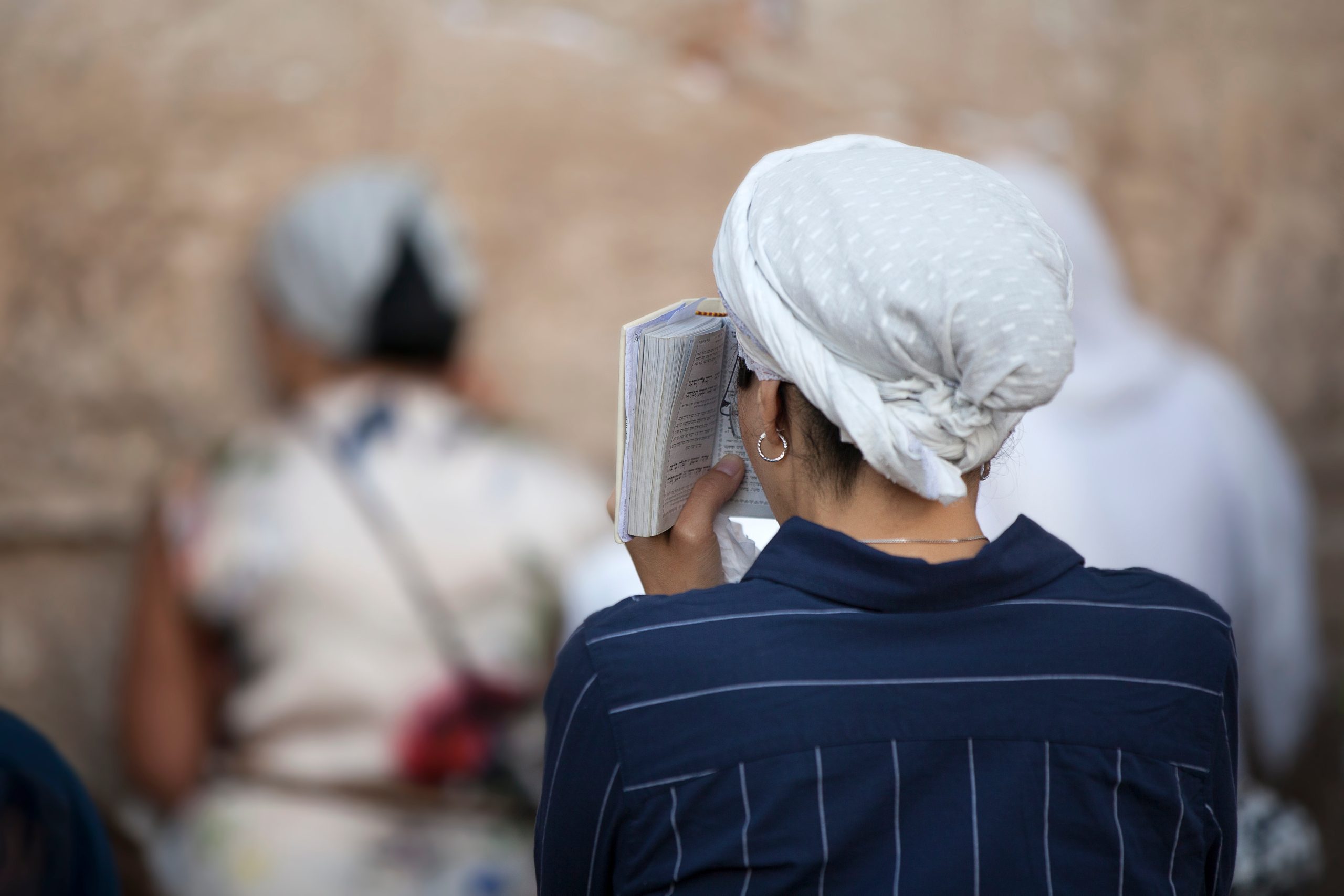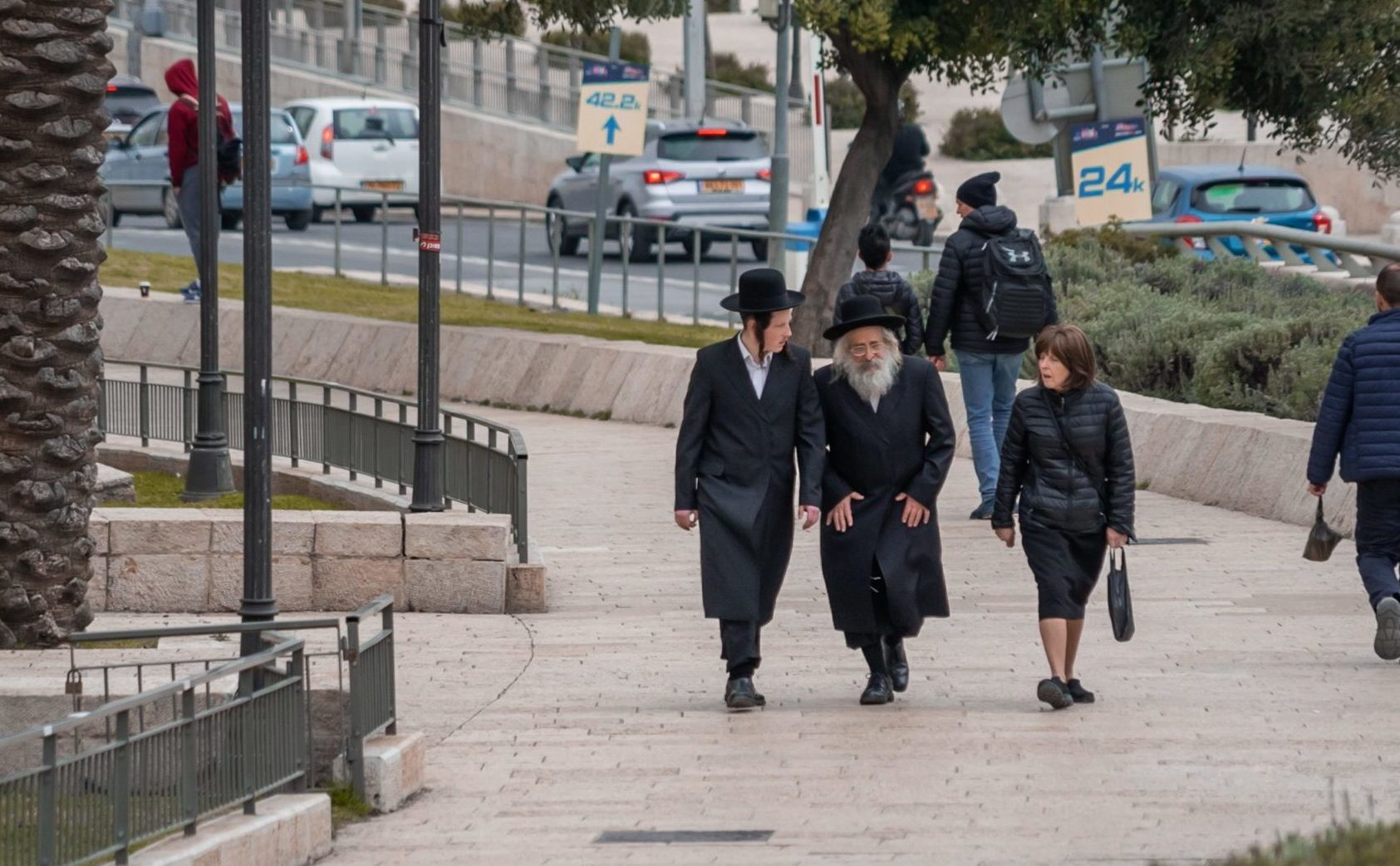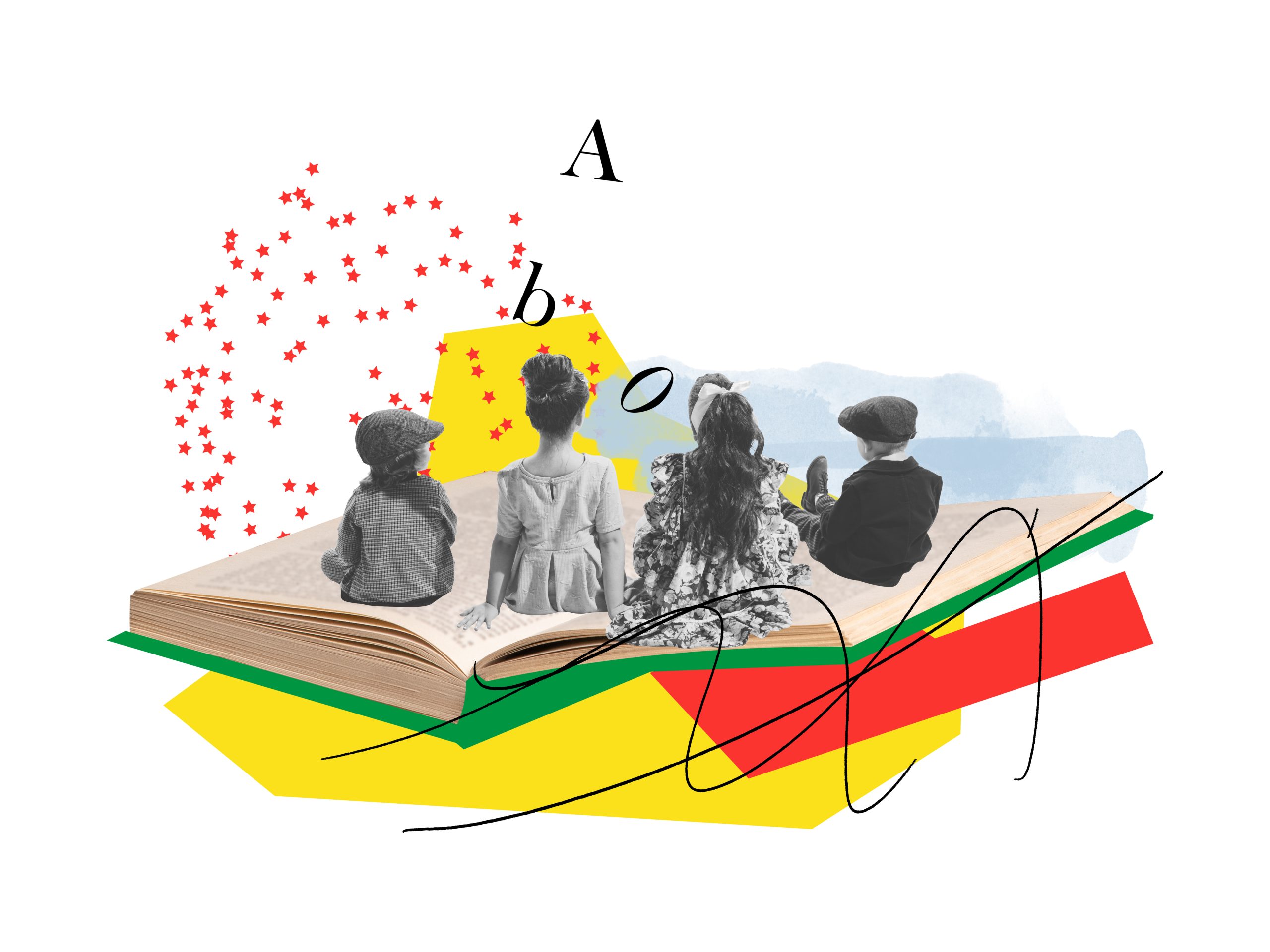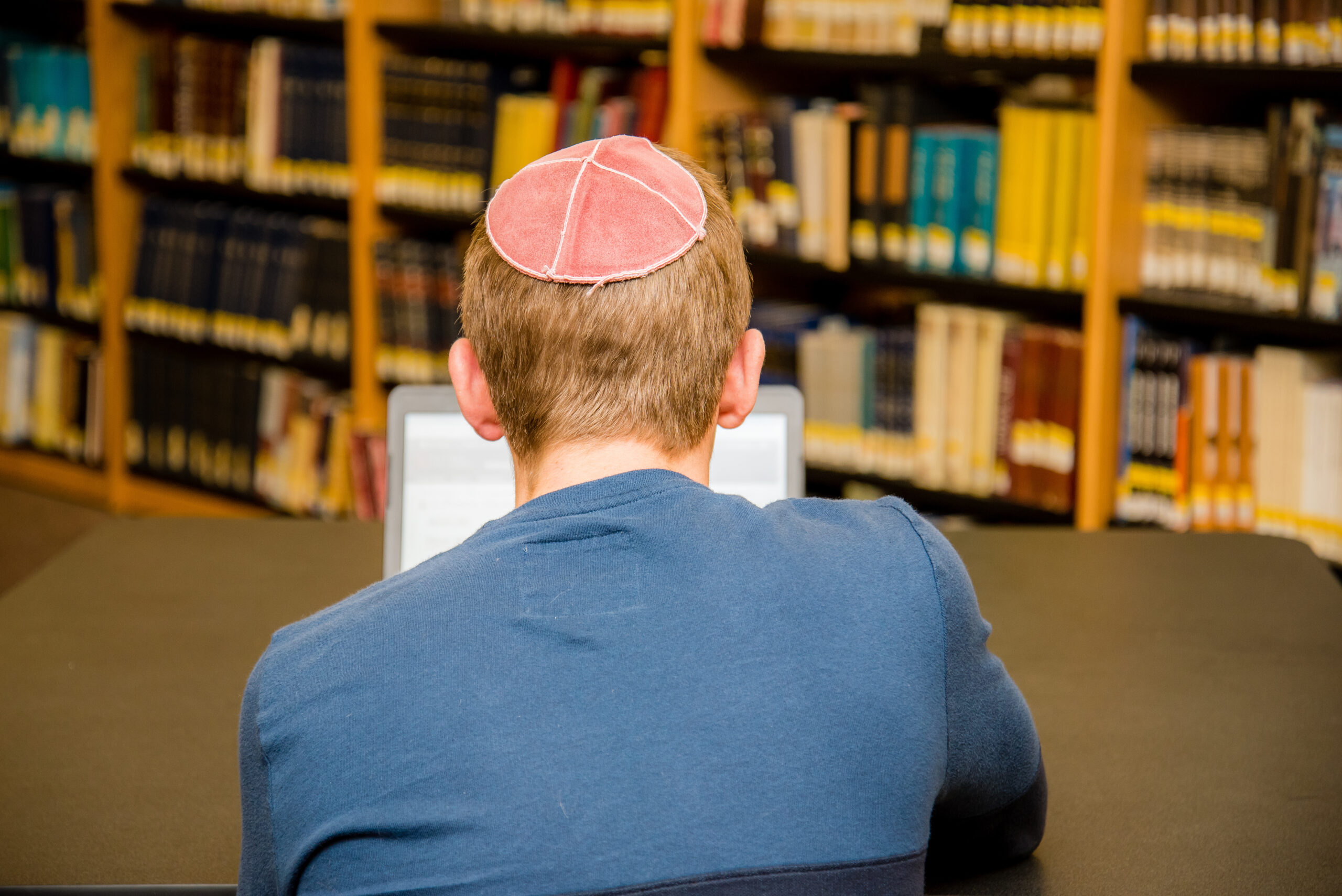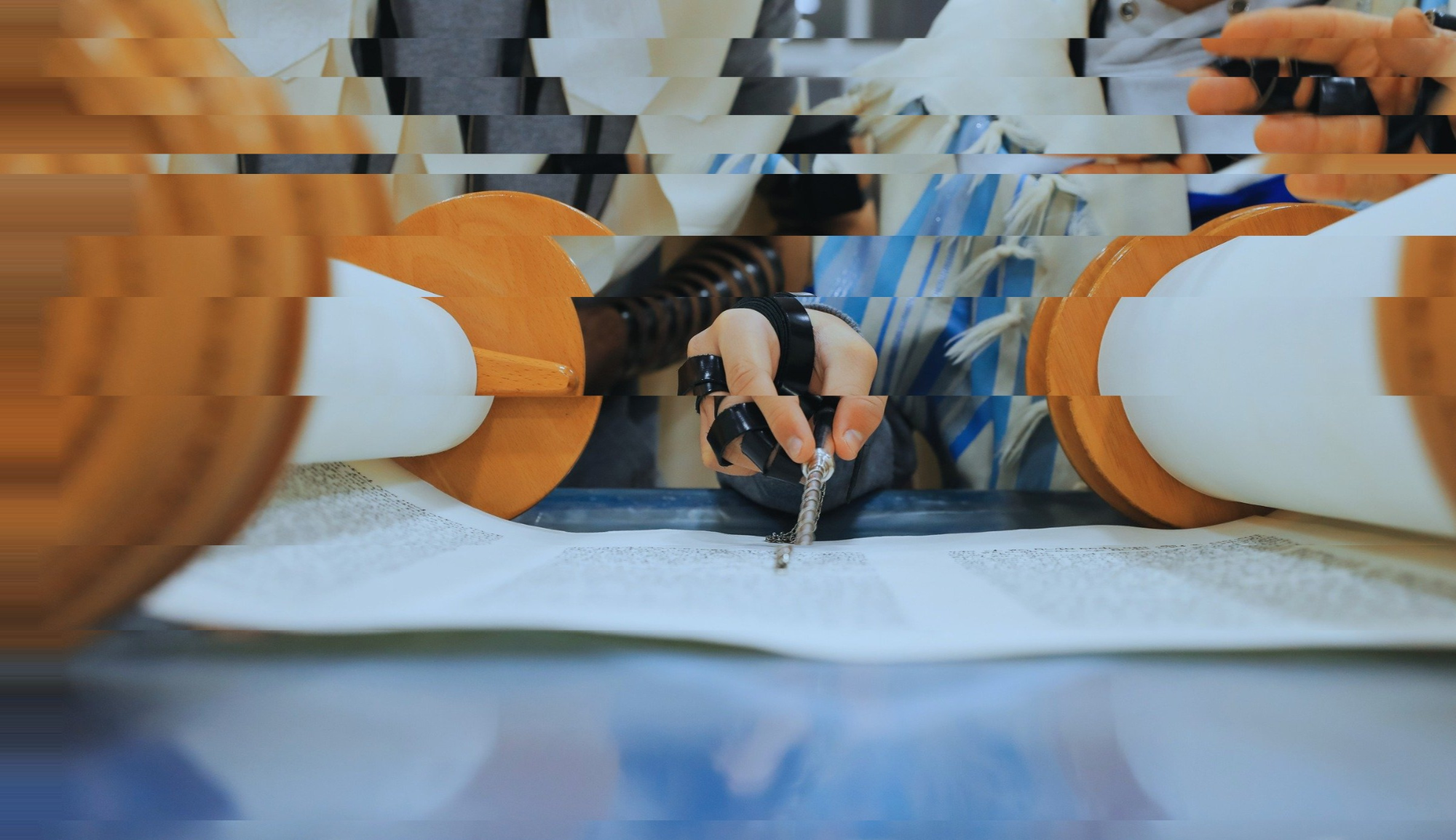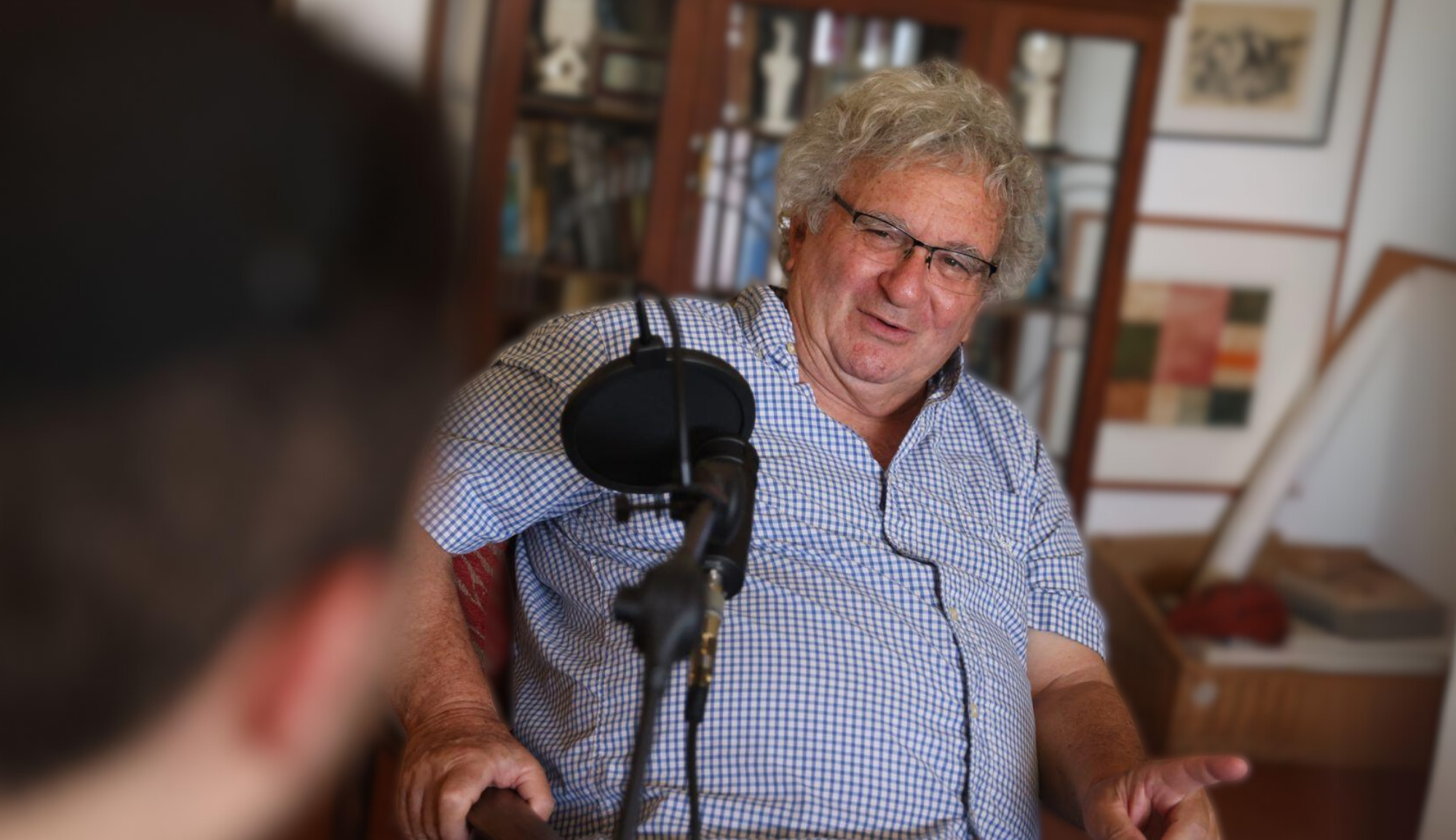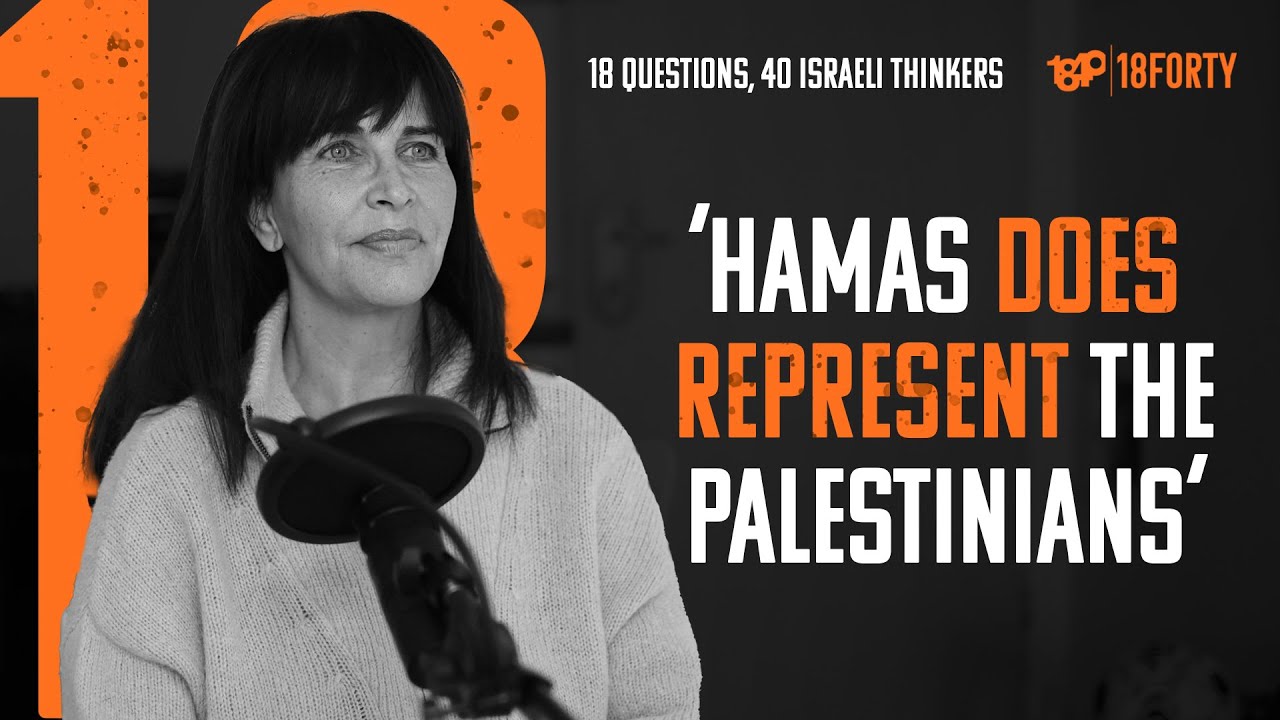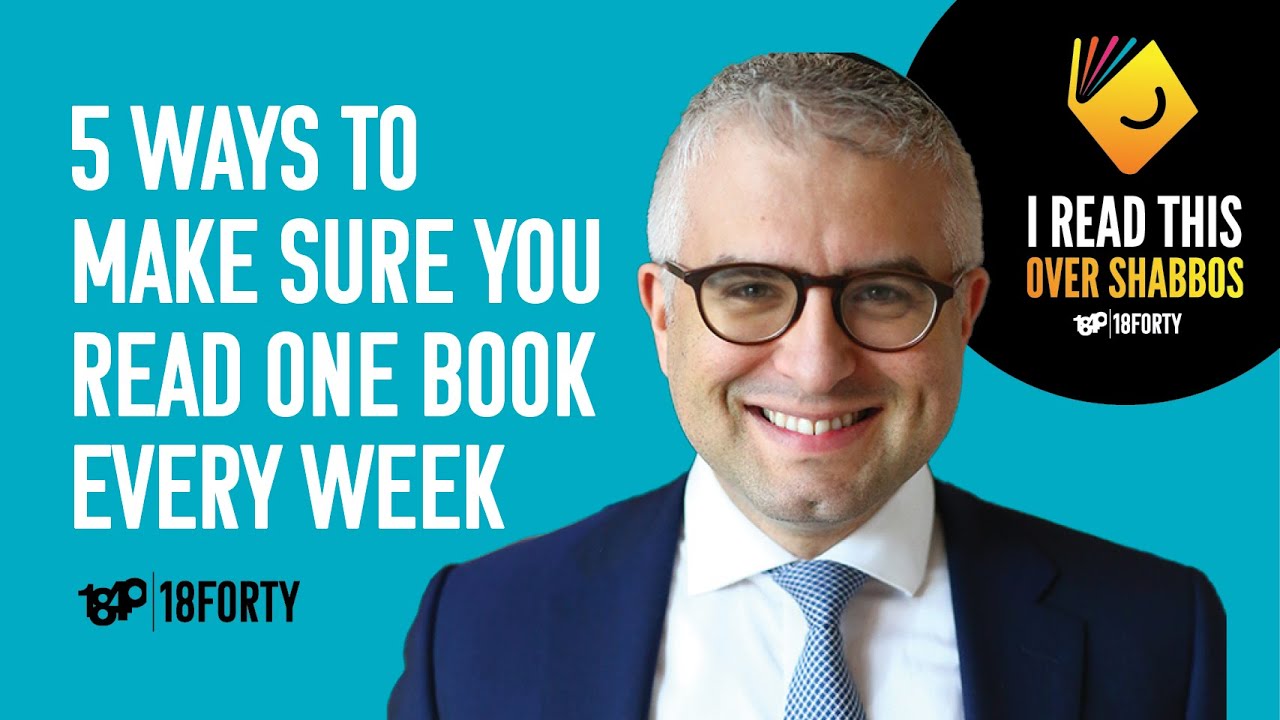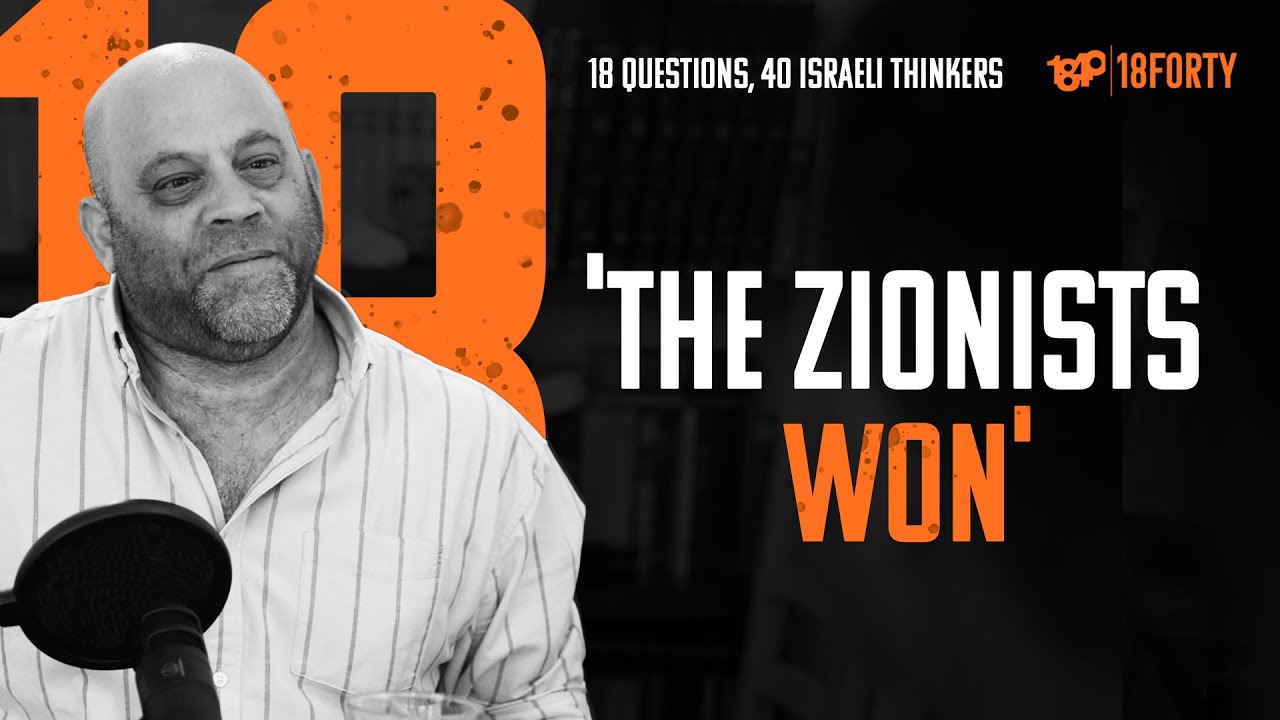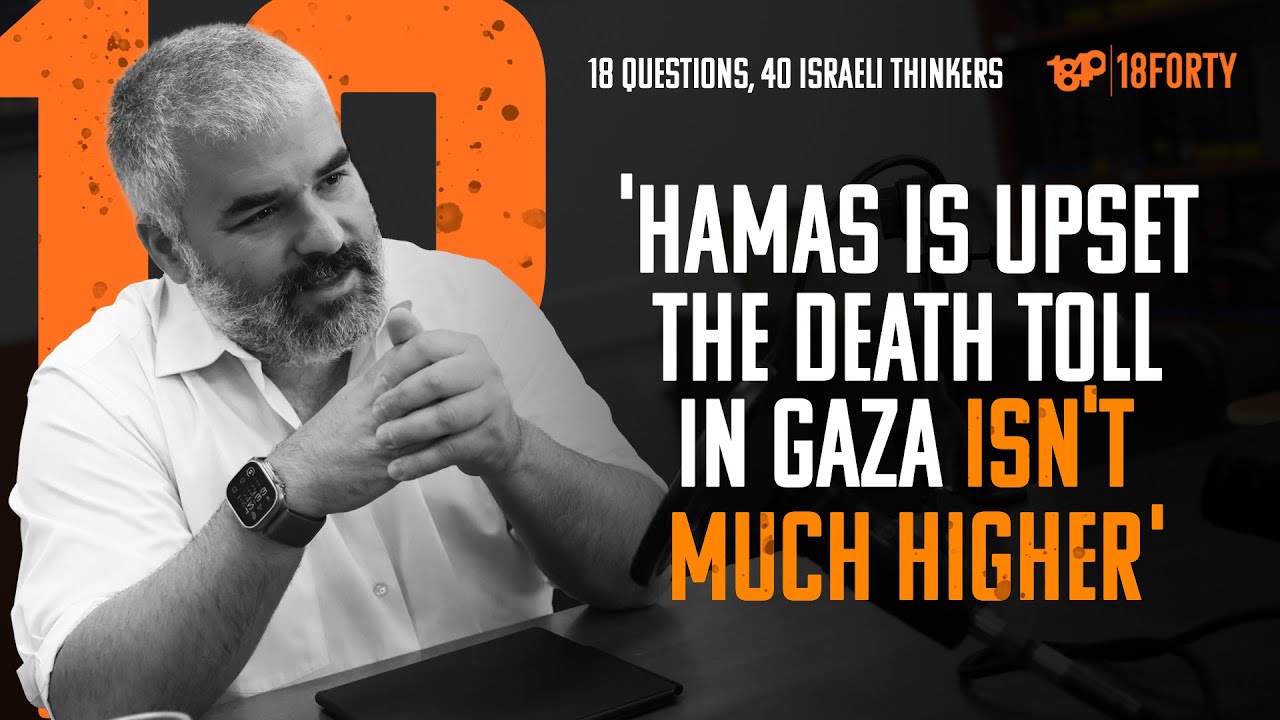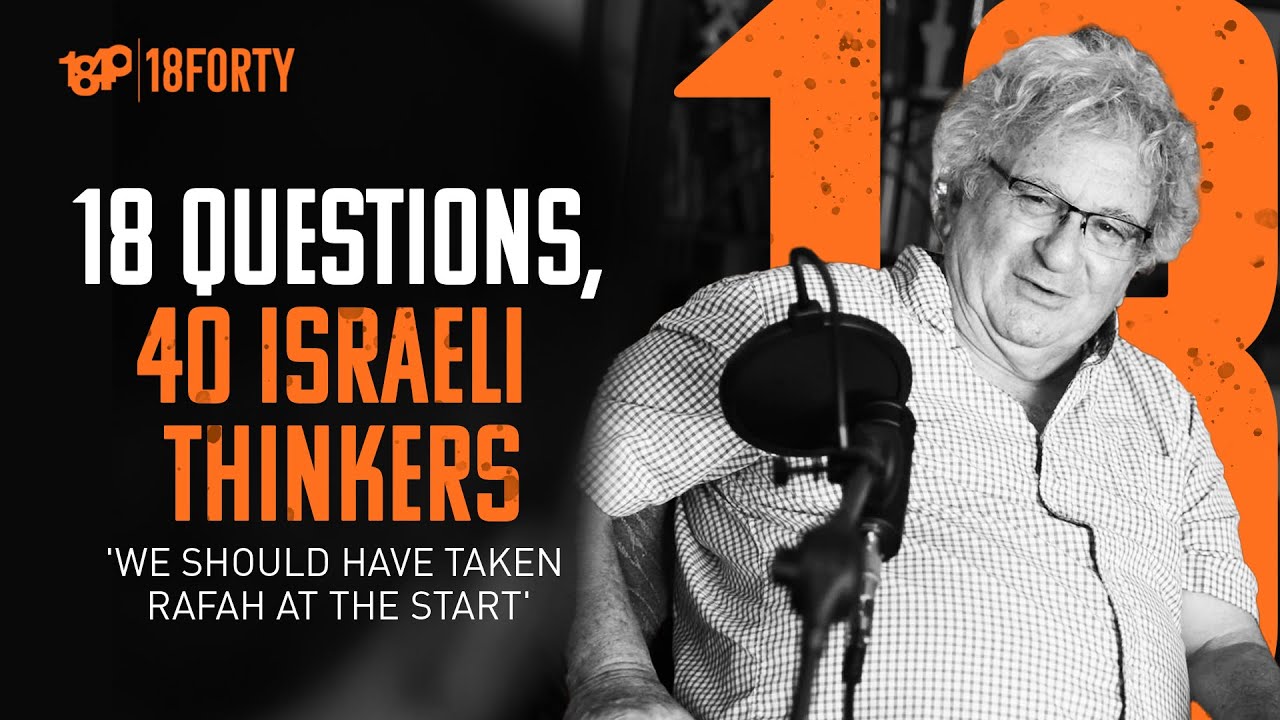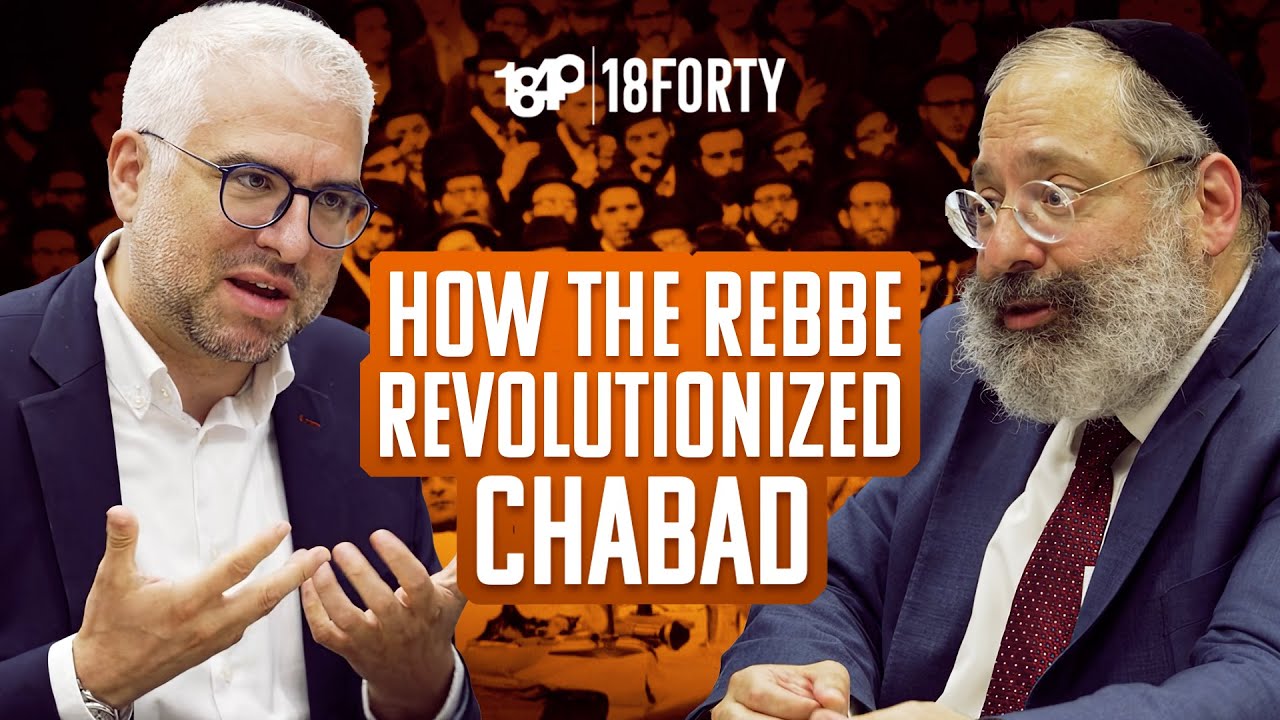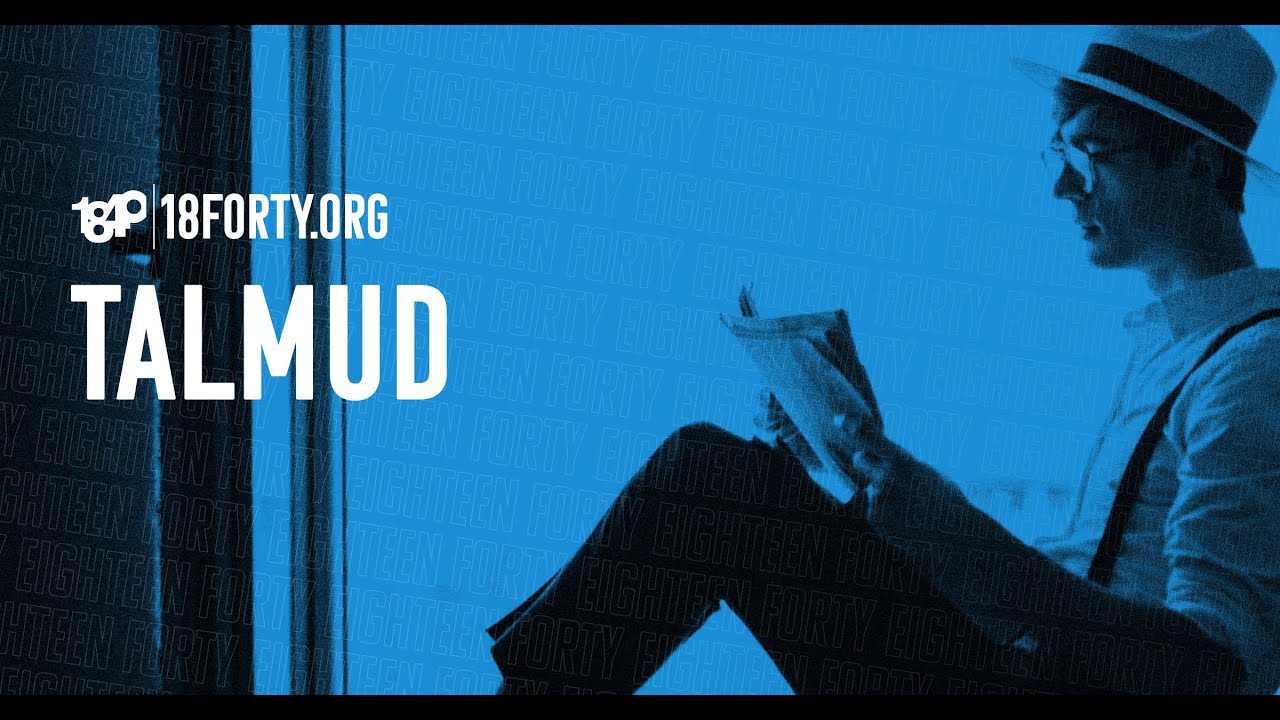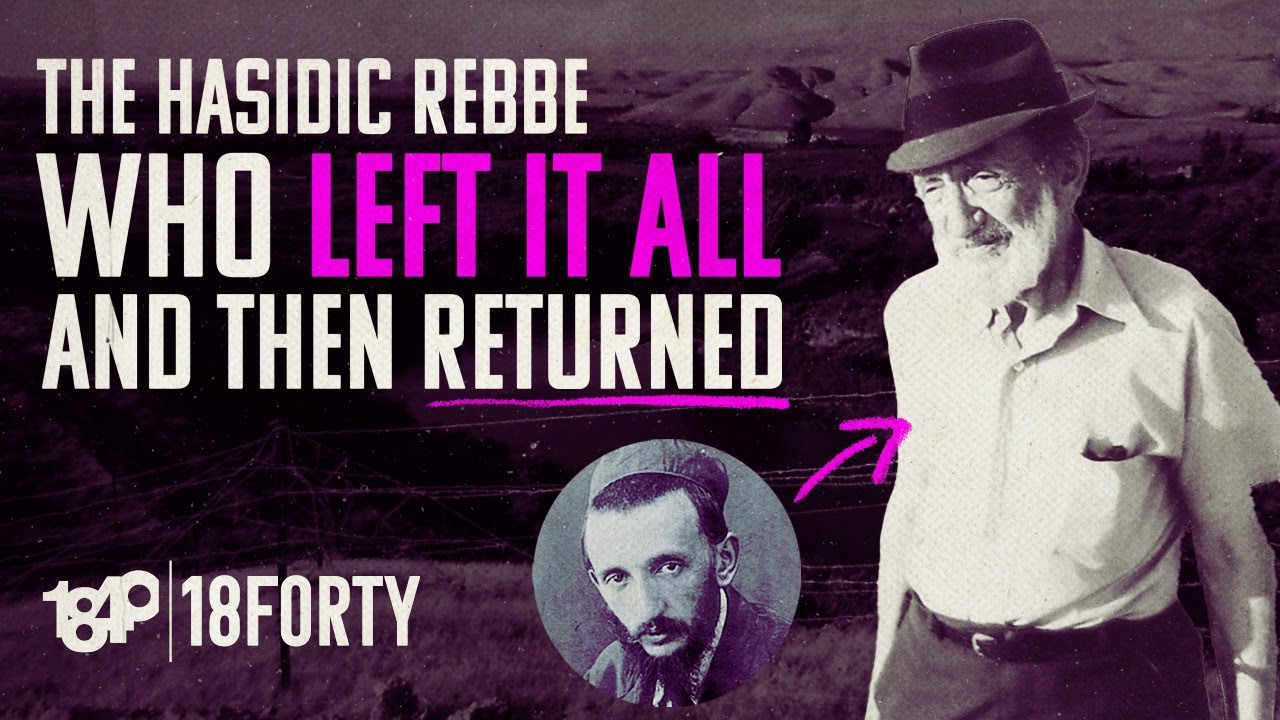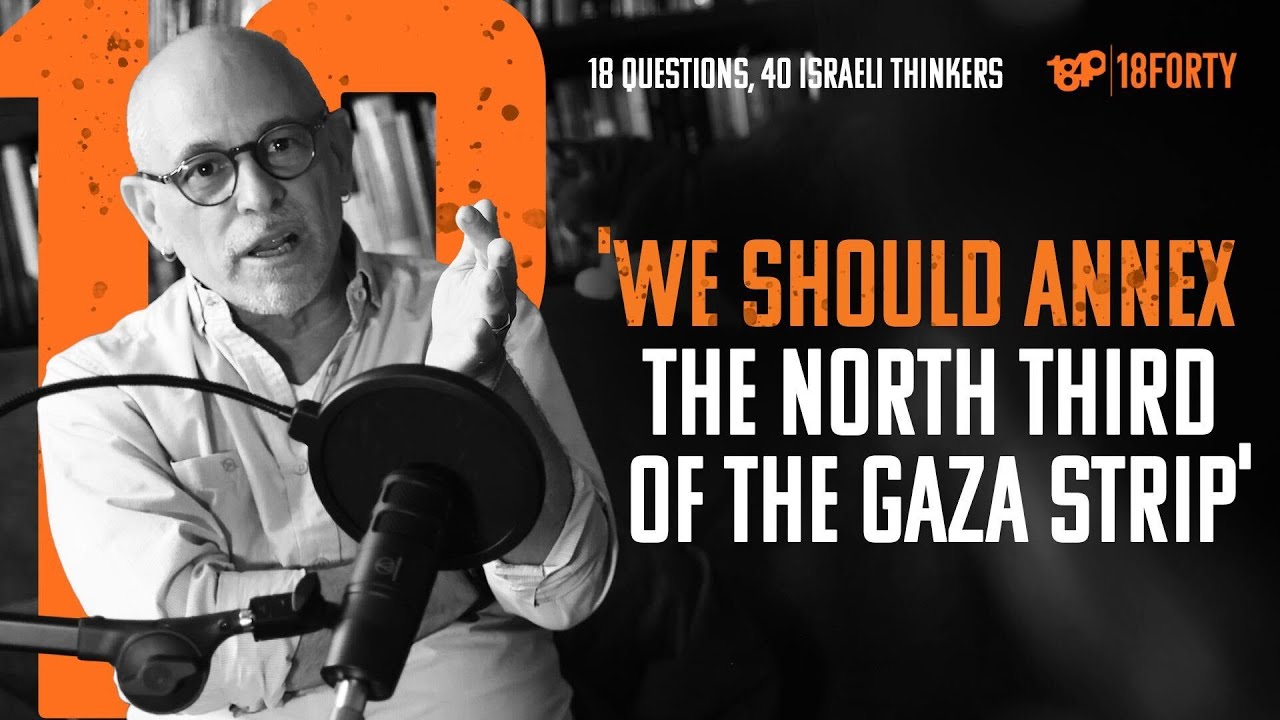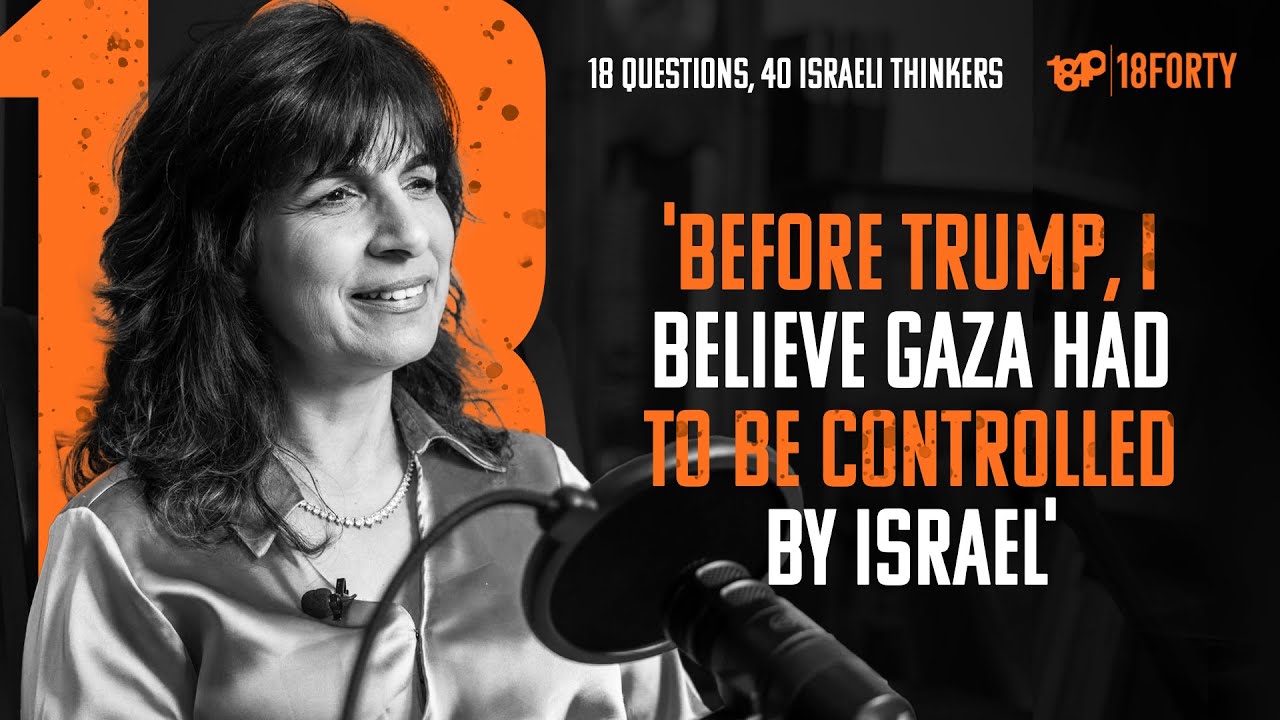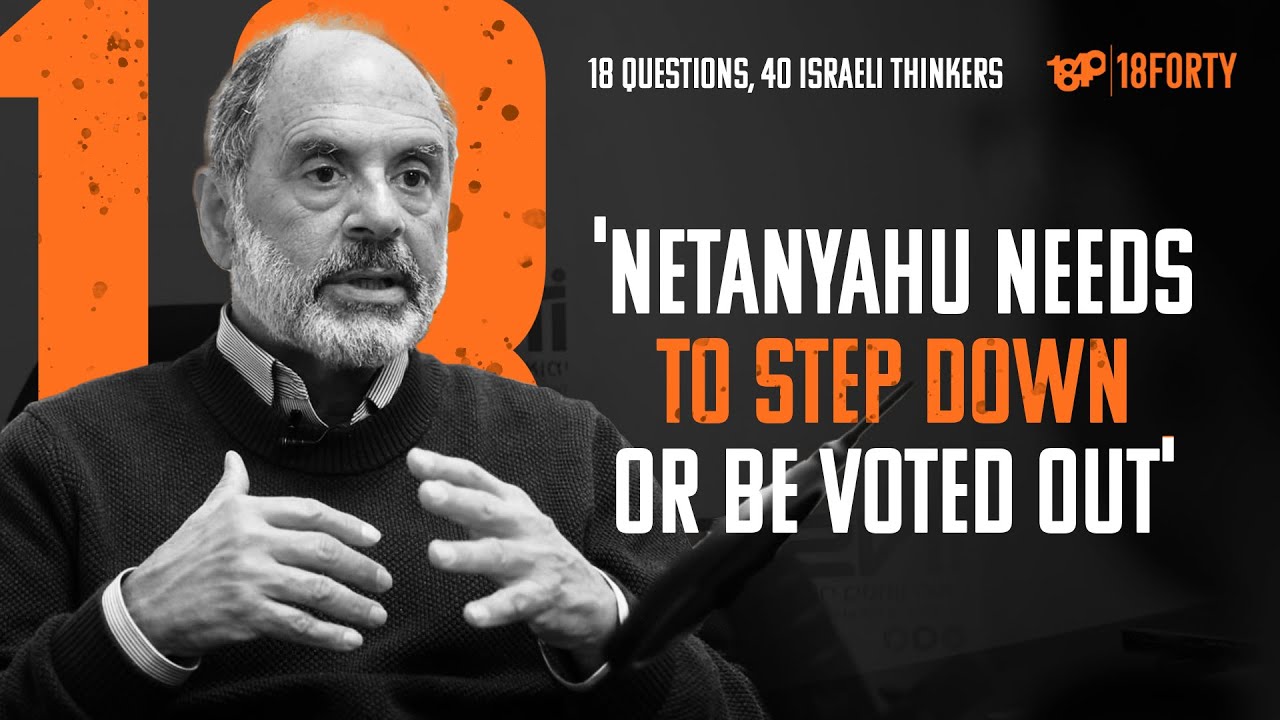This essay is the second in the author’s four-part series for 18Forty’s exploration of prayer and humanity. The first can be found here. The entire series can be found compiled here.
In 1896, Solomon Schechter, then on the faculty of Cambridge University, revealed one of the great finds of Jewish history: the overflowing storeroom of documents from the Ben Ezra Synagogue in Cairo. For centuries, Jews had amassed both holy and mundane texts there, collecting dust but largely intact. It became famously known as the “Cairo Genizah.”
Prayer collections were discovered there, and among the most striking was a hand-written copy of the Shemoneh Esrei that reflected not the rite of the Babylonian diaspora to which we are accustomed today, but an alternative nusach from Jews who lived in the Land of Israel and then fled to Cairo in the wake of the Crusades. The text uncovered in the Genizah likely dates from the 12th century, but the Nusach Eretz Yisrael it reflects is ancient; portions of it were already known from the Talmud Yerushalmi, or Jerusalem Talmud, which was compiled around 350-400 CE, as well as from various midrashim. Yet, before its discovery in the Genizah, the Shemoneh Esrei from Nusach Eretz Yisrael had never been seen in its entirety.
This essay, the second in our series, will explore the prayer traditions born in the Land of Israel and what became of them over the last millenia.
Nusach Eretz Yisrael: Variations in Shemoneh Esrei
The Shemoneh Esrei text uncovered in the Geniza is different from ours. For starters, there are 18 berachot, not 19. Our separate requests that God rebuild Jerusalem (ve-lirushalayim) and reestablish the Davidic monarchy (et tzemach) are combined into one blessing:
רחם ה’ אלהינו ברחמיך הרבים על ישראל עמך ועל ירושלים עירך ועל ציון משכן כבודך ועל היכלך ועל מעונך ועל מלכות בית דוד משיח צדקך. ברוך אתה ה’ אלהי דוד בונה ירושלים
Have mercy, Hashem our God, in your great mercy, on Israel your people, and on Jerusalem your city, and on Zion where your presence dwells, and on your palace and on your habitation and on your righteous servant David’s kingdom. Blessed are You, Hashem, David’s God, who builds Jerusalem.
Since Shemoneh Esrei literally means “18,” the fact that the Genizah text has 18 and not 19 berachot could suggest that it is earlier than our version, and that our current version with 19 berachot came to be when et tzemach was separated from ve-lirushalayim. (However, if this is true, one must contend with the Gemara’s explanation in Berachot 28b that 18 became 19 when the blessing against heretics or slanderers, ve-lamalshinim, was composed at Yavneh.)
There are many other wording differences, too. Here are just a couple: In the third beracha, for example, we say “atah kadosh ve-shimcha kadosh”—“You are holy and your name is holy”; the Genizah nusach has “kadosh atah ve-nora shimecha”—“Holy are You and your name is awesome.” We conclude Shemoneh Esrei with the words “ha-mevarech et amo ba-shalom”—that God blesses his nation with peace, but Nusach Eretz Yisrael concludes “oseh ha-shalom”—that God makes peace (see Vayikra Rabbah 9). (The Genizah wording in these examples may sound familiar, a point we will return to at the end of this essay.)
The Rise of Piyyut: Spontaneous Poetry in Prayer
The Land of Israel was also the birthplace of piyyut, or liturgical poetry. (The words piyyut and poetry both come from the same word in Greek.) In its original context, piyyut represented a thoroughly different way of thinking about prayer. Our siddur is fixed; we recite the same words each day or on each Shabbat or holiday. This was not the case in the Land of Israel of the fourth through seventh centuries, where the prayers varied from week to week depending on the time of year and the Torah portion. When the muse struck, a paytan, or poet, would improvise, composing new prayers exhibiting liturgical virtuosity.
One popular type of piyyut was the Kedushta, a nine-part poem embellishing the first three blessings of the Amidah and leading into Kedushah. Yannai (late fifth-early sixth century), who was the first paytan to sign his name in an acrostic in his poetry, composed many Kedushtot. Va-Yehi be-Chatzi ha-Laila—“It Came to Pass at Midnight,” which is recited near the close of the first Pesach Seder in the Ashkenazi tradition, is part seven of nine from a Kedushta written by Yannai. (In fact, it was the only known work by Yannai until more of his oeuvre was discovered in the Cairo Genizah.)
The piyyut was composed at a time when the Land of Israel followed the triennial cycle, where the Torah was finished approximately once every three years (see Megillah 29b). Va-Yehi be-Chatzi ha-Laila was written for the triennial Torah portion beginning with those words (Shemot 12:29), which is in the middle of our Parshat Bo, where God kills the Egyptian firstborn. As is the case with many piyyutim, it is heavily intertextual. The portion said at the Seder, for example, references other events in Tanach that occurred in the middle of the night.
The most famous paytan was Elazar HaKallir (late sixth-early seventh century). His piyyutim were highly influential in the Land of Israel and retain a significant place in the siddur, particularly in Nusach Ashkenaz. For example, Kallir wrote many kinot, or elegies, for Tisha Be-Av that we still recite today. Originally, these kinot were kerovot—piyyutim inserted into the bracha of Boneh Yerushalayim. Nowadays, the kinot are a separate part of the service. Kallir also wrote many hoshanot that are still said today on Sukkot in Nusach Ashkenaz. Kallir’s piyyutim are among the most dazzling: His rhyme schemes are complex, he weaves in midrashic allusions, and he frequently coins new Hebrew words. Yet, these features also make them among the most frustrating piyyutim for modern readers trying to understand them. Here are the initial lines of Eicha Atzta be-Apecha, one of the first kinot said on Tisha Be-Av day:
אֵיכָה אַצְתָּ בְּאַפֶּךָ לְאַבֵּד בְּיַד אֲדוֹמִים אֱמוּנֶיךָ
וְלֹא זָכַרְתָּ בְּרִית בֵּין הַבְּתָרִים אֲשֶׁר בֵּרַרְתָּ לִבְחוּנֶיךָ, זְכוֹר יְיָ מֶה הָיָה לָנוּ
אֵיכָה גָּעַרְתָּ בְּגַעֲרָתֶךָ לַגְלוֹת בְּיַד גֵּאִים גְּאוּלֶיךָ
וְלֹא זָכַרְתָּ דְּלִיגַת דִּלּוּג דֶּרֶךְ אֲשֶׁר דָּלַגְתָּ לִדְגָלֶיךָ, זְכוֹר יְיָ מֶה הָיָה לָנוּ
How did You rush in your fury to exterminate Your faithful ones at the hand of the Edomites, and not recall the Covenant Between the Parts by which you selected those you tested? “Remember Lord what has occurred to us” (Eichah 5:1)
How did You reproach with Your rebuke, to exile at the hand of the haughty those You had once redeemed, and not recall the contraction of the road You had shortened for Your flag-bearing tribes? “Remember Lord what has occurred to us”
These lines, with their forceful, rhythmic sound, highlight Kallir’s creative use of the Hebrew alphabet and invented words pregnant with intertextual references.
Perhaps the most well-known piyyut to come out of this intense period of creativity in the Land of Israel is Unetaneh Tokef, which is recited at the apex of the Rosh Hashana and Yom Kippur service and speaks in frank terms of God sitting in judgment of all He created. For years, it was believed that Unetaneh Tokef was written in Europe in the 11th century by Rabbi Amnon of Mainz as he died a martyr after being tortured by the archbishop of the city. However, the discovery of the poem in the earliest layer of the Cairo Genizah suggests that it was composed centuries earlier, and likely in the Land of Israel.
Opposition to Piyyut: Halachic and Pragmatic Considerations
Not everyone was thrilled by the improvisational compositions of the paytanim. The Geonim of Bavel (Babylonia), leaders of the diaspora Jewish community from the seventh through 10th centuries, were dismayed by the fact that the Jews of the Land of Israel were so free with their prayers and were willing to include new poetry in the middle of the blessings of Shemoneh Esrei. Some of the sharpest words on this subject were written by the eighth- or ninth-century rabbinic scholar Pirkoi ben Baboi in a letter addressed to the Jews of Spain and North Africa:
ושנו חכמינו זכרונם לברכה כל המשנה על המטבע שטבעו חכמינו זכרונם לברכה לא יצא ידי חובתו … כל המוסיף הרי זה מחרף ומגדף … בא וראה ממי שהתפלל לשמנה עשרה בימות החמה ושכח והזכיר מוריד הגשם בשביל שהזכיר להוסיף דבר אחד בעת שלא תקנו חכמינו אין תפלתו תפלה וחוזר ומתפלל תפילה אחרת … וכל שכן שאסור לומר האל הגדול הגיבור והנורא ומפסיק שבחו שלקדוש ברוך הוא ומתחיל ומזמר ויבא עמלק ואיכה אבכה וכל כיוצא בו
And our Sages of blessed memory taught: Anyone who deviates from the wording of our Sages of blessed memory does not fulfill his obligation … and anyone who adds to them is a blasphemer. … Come and see that one who prays Shemoneh Esrei in the summer and mistakenly mentions Morid Ha-Geshem [the winter prayer for rain], because he added one thing in a place that our Sages did not command, his prayer is not valid and he goes back and prays again. … And all the more so it is prohibited to say ha-kel ha-gadol ha-gibbor ve-hanora – “the Great, Mighty, and Awesome God,” and then interrupt the praises of God to start singing [various piyyutim] and the like.
Ben Baboi criticizes piyyut on halachic grounds, arguing that given the emphasis Chazal placed on the precise formulation of berachot, it is thoroughly inappropriate to insert poetry into Shemoneh Esrei, particularly in its opening three blessings.
A different strain of criticism arose in Spain later in the medieval period. Various poets, most famously R. Avraham Ibn Ezra (12th century) in his commentary to Kohelet 5:1, argued that piyyut was too convoluted. Ibn Ezra details how the piyyutim of Elazar HaKallir in particular are too abstruse and midrashic for his taste, as well as being ungrammatical. He concludes:
ולא אוכל לבאר אחד מני אלף מטעות הפייטנים. והטוב בעיני שלא יתפלל אדם בהם, כי אם התפילה הקבועה
And I cannot explain even one-thousandth of the ways that the paytanim are mistaken. In my eyes it’s better that people don’t recite them, but instead stick to the fixed prayers.
Or, as Rabbi Yaakov Emden (1697-1776), the iconoclastic German Torah giant and scholar of the siddur, quipped centuries later about piyyutim: “Even the angels cannot understand the foreign and strange expressions mixed up in them.”
Piyyut’s Lasting Influence
Piyyut lived on regardless. This was true even in Bavel itself, the stronghold of the Geonim. Later authorities, such as Rav Natronai Gaon and Rav Amram Gaon, were not as opposed to piyyut as Ben Baboi, allowing it in certain parts of tefilla where thematically appropriate, and particularly on the High Holidays. Rav Saadiah Gaon, in the 10th century, even composed piyyutim of his own, although without some of the controversial features of Kallir’s work.
In Spain, Ibn Ezra and his compatriots did not jettison piyyut either. They simply wrote different poems, shapely and grammatical, clearer and more direct than those of Kallir. Some of their poems were religious, some secular, but all of them celebrate the language of the Bible. Many of these piyyutim found their way into prayer: Adon Olam—that profound meditation on divine kingship and faith—is one example. To me, one of the most poignant liturgical piyyutim in the Spanish tradition is Lecha Keli Teshukati, likely written by Ibn Ezra. Here are just two lines:
לך אלי תשוקתי, בך חשקי ואהבתי … לך אזעק בך אדבק עדי שובי לאדמתי
To You, my God, is my longing, for You is my love and my desire … To You I cry, to You I cleave, until I return to earth.
It’s hard to top the beauty and simplicity of this piyyut (or this touching rendition by Ishay Ribo). In many Sephardic traditions, Lecha Keli begins the Yom Kippur prayers, not Kol Nidrei.
But in medieval Ashkenaz—France, Germany, and England—piyyutim composed in the Land of Israel were celebrated. Kallir’s poems became a central part of Nusach Ashkenaz. Moreover, medieval poets in Ashkenazic lands wrote many more piyyutim in Kallir’s style. The halachic concerns raised by the Geonim did not faze the Ashkenazi authorities nearly as much, in part because of the stature they assigned to the ancient paytanim. Rabbeinu Tam, one of the great Tosafists of the 12th century, described Elazar HaKallir as a tanna—a sage from the era of the Mishnah. While modern scholars do not believe this description is chronologically accurate, it testifies to Rabbeinu Tam’s great esteem for Kallir. And Rabbi Yehuda Loew (Maharal) of 16th-century Prague defended Kallir and other paytanim against the complaints of Ibn Ezra.
What Happened to Nusach Eretz Yisrael?
It wasn’t just piyyut that arrived in Ashkenaz from the Land of Israel. Fragments of the old Nusach Eretz Yisrael came there as well, perhaps carried on trade routes from Israel running through the Byzantine Empire to Italy and then to France, Germany, and England. Thus, when the kohanim chant the priestly blessing on Yom Tov, many Ashkenazim close the Avodah blessing, not with “ha-machazir shechinato le-tzion”—that God returns his presence to Zion, but with “she-otcha levadcha be-yirah na’avod”—“For you we serve with reverence,” which was Nusach Eretz Yisrael’s closing year-round (see Yerushalmi Sotah 33b). Similarly, the Eretz Yisrael opening to the third beracha of Shemoneh Esrei—kadosh atah ve-nora shimecha—and the conclusion to the last bracha of oseh ha-shalom—have been incorporated into Nusach Ashkenaz on Rosh Hashanah and Yom Kippur.
And yet, for the most part, Nusach Eretz Yisrael did not survive. It was squelched by the standardization imposed by the Geonim and unearthed only centuries later in the Cairo Genizah,. As noted, the Geonim were particularly opposed to piyyut, with its improvisational character that played fast-and-loose with the fixed order of tefilla.
Around the year 860, in response to a letter from the Jews of Spain, Rav Amram Gaon wrote down the order of the prayers and all their regulations. He made sure at various points to criticize Eretz Yisrael prayer practices. As this first siddur, known as Seder Rav Amram Gaon, was copied by scribes throughout the diaspora, the nusach of Bavel eclipsed the nusach of the Land of Israel. In the next article, we will discuss Seder Rav Amram Gaon and also trace how the siddur continued to grow and change over the ensuing centuries, shaped by a variety of intellectual and spiritual movements.
Yosef Lindell is a practicing lawyer and the Managing Editor of the Lehrhaus. He has a JD from NYU Law and an MA in Jewish history from Yeshiva University. Yosef’s writing spans several genres, from science fiction to scholarship, and he’s published more than 30 articles on Jewish history and thought. He lives in Silver Spring, MD, with his wife and two sons. His website is yoseflindell.wordpress.com.
